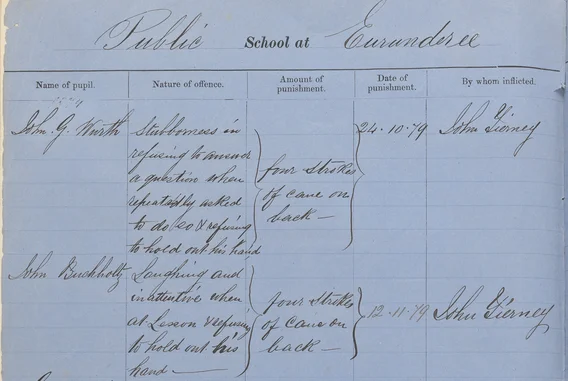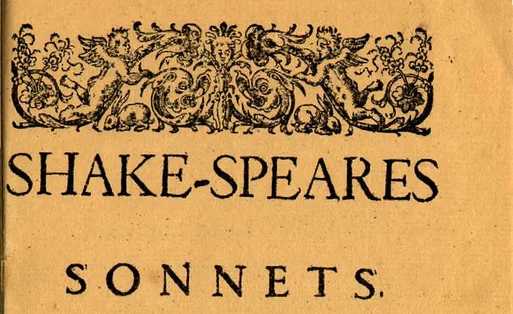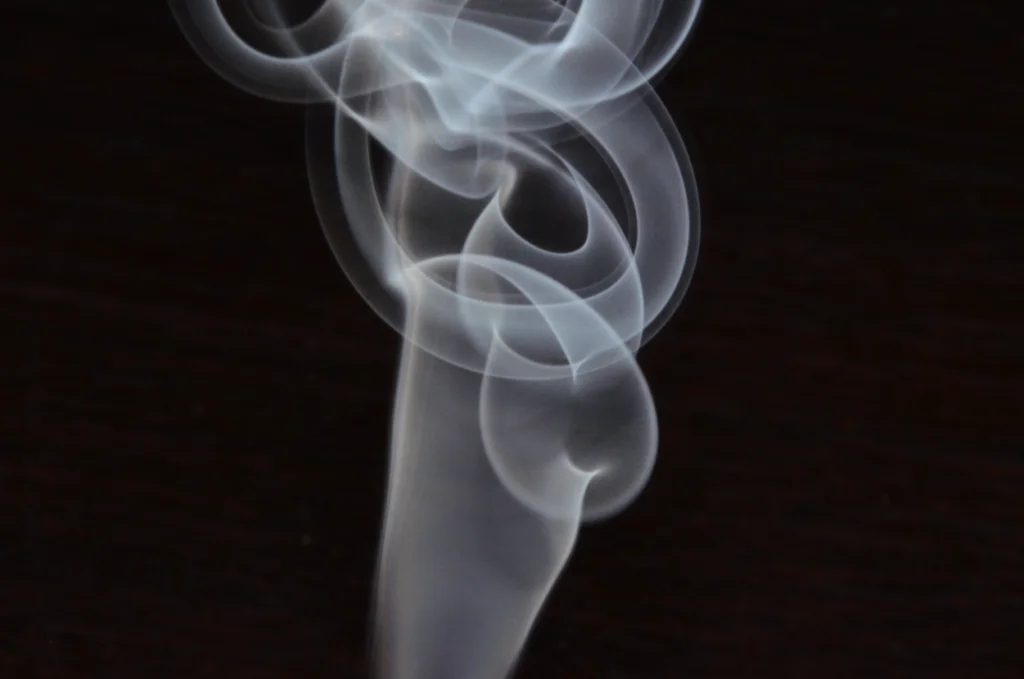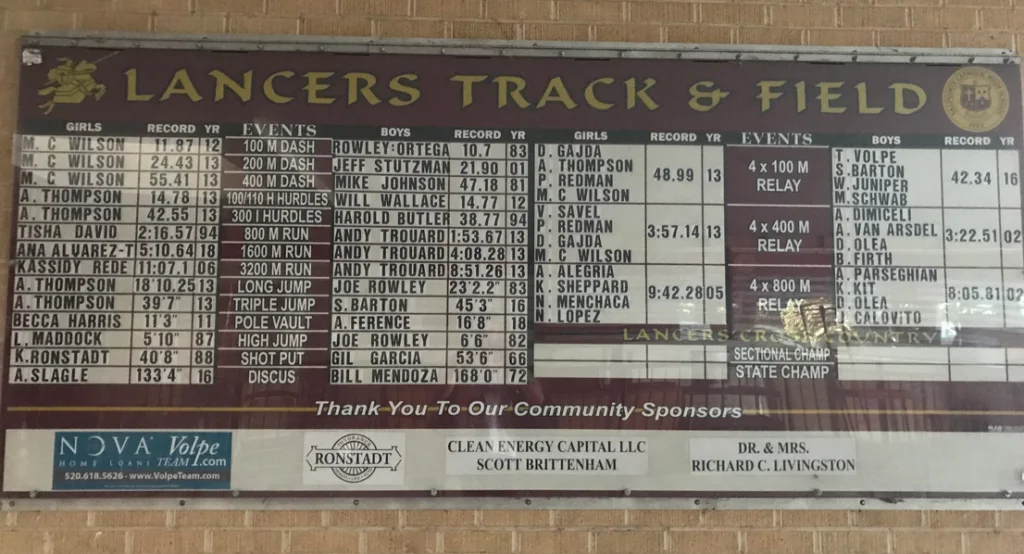Remember when our school days were simpler? When parents sent us off with items that seemed perfectly normal at the time but would likely trigger emergency protocols in today’s educational environment? Those carefree days before helicopter parenting, strict security measures, and heightened safety concerns created a very different atmosphere in America’s classrooms. Here’s a nostalgic look back at everyday items from our school days that would cause quite a stir if they appeared in backpacks today.
1. Mercury for Science Experiments

Science classrooms once featured fascinating demonstrations with actual mercury, allowing students to witness firsthand the mesmerizing silver liquid metal rolling across desktops in shimmering balls. Teachers would pour small amounts onto flat surfaces, encouraging students to observe its unique properties and sometimes even allowing supervised touching with pencil tips or rulers. The distinctive weight and behavior of mercury made for memorable science lessons about elements and states of matter, with little concern for the toxic nature of this fascinating substance. Indeed, these days Education Week warns of the dangers of using mercury in school experiments as a source of poisoning.
Chemistry and physics teachers regularly used mercury in barometers, thermometers, and various demonstrations, occasionally cleaning up spills with dustpans and paper towels rather than hazmat teams. When thermometers broke, students were often enlisted to help chase the scattering mercury beads across laboratory floors, using index cards to scoop up the fascinating silvery spheres. Today’s science classrooms have eliminated this potent neurotoxin, replacing it with safer alternatives and digital simulations that—while protecting developing brains—lack the visceral impact of watching actual mercury defy expected liquid behavior under the direct supervision of a teacher wearing neither gloves nor protective eyewear.
2. Homemade, Unlabeled Food for Class Parties

Birthday celebrations and holiday parties once featured homemade treats lovingly prepared in family kitchens without a thought to food allergies or ingredient lists. Mothers would send their children to school with chocolate chip cookies, brownies, and cupcakes made from scratch, often delivered in repurposed containers without any sort of labeling or documentation. These homemade contributions were the highlights of classroom celebrations, with children eagerly comparing whose mother made the best Rice Krispie treats or whose grandmother’s secret recipe cookies were most deserving of seconds. School Nutrition Association has some advice for eating in the classroom.
Teachers would distribute these mystery treats without concern for cross-contamination, nut allergies, or gluten intolerance—concepts that were barely in the public consciousness. The simple joy of sharing food prepared in family kitchens has now been largely replaced by store-bought items with ingredient lists and nutrition facts, sealed in factory packaging with tamper-evident seals. The communal breaking of bread that once connected school families through shared recipes and cooking traditions has become a carefully regulated, documented exchange requiring advance approval and sometimes even parental waivers.
3. Metal Lunchboxes with Glass Thermoses

Sturdy metal lunchboxes featuring superheroes, TV shows, or rock bands were status symbols in school cafeterias, often accompanied by glass-lined thermoses that kept soup warm or milk cold. These heavyweight meal containers doubled as impromptu self-defense weapons during walks home and occasionally featured in playground disputes where they could leave impressive dents. The satisfying clatter of metal lunchboxes being stacked in classroom cubbies signaled the start of many a school day, with children eagerly comparing the latest designs featuring everything from The Dukes of Hazzard to Star Wars. Smithsonian Magazine throws open the box of history exploring the lunchbox across time.
The glass-lined thermoses required special care, with children learning early the consequences of dropping these fragile vessels—the distinctive sound of internal glass shattering meant an immediate end to hot cocoa privileges. Today’s schools, concerned with potential injuries from metal edges and broken glass, have largely transitioned to soft-sided insulated bags and plastic containers that sacrifice durability and character for safety. The heavy metal lunchbox with matching glass thermos has become a collector’s item rather than a daily school companion, its potential as an improvised weapon or source of lacerations deemed too risky for modern educational environments.
4. Realistic Toy Guns for Show and Tell

Cap guns, die-cast metal revolvers, and remarkably realistic toy rifles regularly appeared during show and tell sessions, often prompted by history lessons about pioneers or cowboys and Indians. Young boys would proudly bring their prized six-shooters or lever-action rifles to class, sometimes demonstrating the satisfying mechanical action as teachers and classmates admired the craftsmanship. These toy weapons were treated as normal childhood possessions, with some teachers even incorporating them into history lessons about the Old West or using them as props during readings of frontier literature.
Cap guns producing loud bangs and puffs of smoke were particularly popular, with their distinctive smell permeating classrooms during special presentations. Children would reenact favorite television western scenes during recess, with elaborate shootouts ending in dramatically performed deaths across playground equipment. The thought of bringing even the most obviously toy-like gun to today’s schools is unimaginable, with zero-tolerance policies extending to water pistols, finger guns, and even gun-shaped pastries—a dramatic shift reflecting broader cultural changes and tragic real-world school violence that has transformed innocent play into potential threats.
5. Pocket Knives

Once considered essential tools that young people (especially boys) carried everywhere, pocket knives were common sights in classrooms across America. Students routinely brought these practical implements to school for everything from sharpening pencils to sharing apple slices at lunch, with teachers rarely giving them a second glance. Many schools even had unofficial “knife shows” during recess, where students would compare their Swiss Army knives or treasured hunting knives passed down from fathers and grandfathers.
The pocket knife wasn’t viewed as a weapon but as a practical multi-tool that symbolized a certain maturity and responsibility—a rite of passage when a parent decided a child was old enough to carry one. Many a math class featured boys subtly cleaning their fingernails with knife tips or carving initials into pencils while teachers lectured about fractions. Today, even the smallest pocket knife would trigger immediate confiscation, disciplinary action, and possibly a school lockdown, transforming what was once a symbol of practical self-reliance into contraband requiring explanations to serious-faced administrators.
6. Medication Without Documentation

Aspirin, cough drops, and various over-the-counter medications regularly appeared in student pockets and purses, self-administered as needed without any school involvement. Parents would send children to school with handwritten notes authorizing unsupervised medication use or simply instruct their children to take pills as needed throughout the day. These informal pharmaceutical arrangements allowed students to manage their own headaches, allergy symptoms, and minor illnesses without missing class time for visits to the school nurse.
Teachers might keep aspirin in desk drawers for personal use or to share with students experiencing pain, casually dispensing tablets without documentation or parental consultation. Students with chronic conditions often carried their own prescription medications, deciding when and where to take them based on symptoms rather than rigid scheduling. The current landscape of locked medicine cabinets, detailed authorization forms, and supervised administration by school health professionals reflects a massive shift in liability concerns and standardized care protocols that has eliminated the casual approach to student medication that once prevailed in American schools.
7. Discipline Notes Sent Home Without Privacy Concerns

When behavioral issues arose, teachers would send handwritten notes home with misbehaving students, often attached to textbooks or homework folders with the expectation they would reach parents. These disciplinary communications traveled in plain view, sometimes read aloud by bus drivers or older siblings who intercepted them before parents arrived home. The public nature of school discipline created community accountability, as children dreaded the potential embarrassment of carrying visible evidence of their misdeeds home on the school bus.
Teachers frequently wrote these notes in front of the entire class, narrating the offenses while peers listened with a mixture of sympathy and relief that they weren’t the recipients. Some particularly strict educators would require students to deliver negative reports to other teachers’ classrooms, creating an additional layer of public acknowledgment of wrongdoing. Today’s password-protected parent portals, confidential email communications, and privacy-conscious disciplinary procedures reflect a fundamental shift toward protecting student dignity and confidentiality—valuable protections that nonetheless eliminate the community reinforcement of behavioral expectations that once came with more public forms of school discipline.
8. Shop Class Projects with Sharp Edges

Industrial arts classrooms produced generations of student-made weapons projectiles and hazardous objects that routinely left school premises without raising concerns. Young metalworkers crafted throwing stars, miniature swords, spears, and various pointed implements under teacher supervision, proudly carrying these sharp-edged creations home on school buses. Shop class projects emphasized practical skills over safety concerns, with students learning to use welding torches, metal lathes, and foundry equipment while creating objects limited only by their imaginations and technical abilities.
The annual metal shop showcase often featured an impressive array of hunting knives, hatchets, and decorative weaponry that students had spent months perfecting, with parents and administrators admiring craftsmanship rather than worrying about potential misuse. These dangerous-by-design projects taught valuable lessons about tool safety and precision work while providing tangible achievements students could keep for decades. Contemporary school liability concerns and weapons policies have largely eliminated these traditional shop class projects, replacing them with tightly controlled, pre-approved designs with rounded edges and minimal potential for creative adaptation into anything resembling a weapon.
9. Racy Literature for Book Reports

English classes and school libraries once contained literature with mature themes and occasionally explicit content that students could select for required reading assignments. Classics like “The Catcher in the Rye,” “Brave New World,” and various Shakespeare plays with their earthy language and adult situations were standard curriculum fare, with teachers focusing on literary merit rather than potentially offensive content. Students sometimes deliberately selected the most provocative available books for reports, reading sexually suggestive passages aloud to classmates with minimal teacher intervention.
Book selection relied heavily on individual teacher judgment rather than district-wide approval processes, resulting in considerable variation between classrooms and schools regarding acceptable content. Students frequently encountered complex adult themes through literature without trigger warnings or parental notification, with the educational value of challenging material taking precedence over concerns about age-appropriateness. Today’s carefully curated school reading lists, opt-out options for parents, and heightened sensitivity to potentially upsetting content reflect a cultural shift toward greater caution around exposing students to mature themes—creating safer learning environments that nonetheless sometimes sacrifice opportunities for guided engagement with challenging ideas.
10. Teacher-Supervised Smoking Areas

High schools across America once designated specific campus areas where students with parental permission could smoke cigarettes during breaks, with faculty members monitoring these spaces to ensure only authorized smokers participated. These officially sanctioned smoking sections—sometimes cynically located near air intake vents for non-smoking classrooms—reflected a pragmatic approach to teenage smoking that prioritized containment over prohibition. Students would rush to these designated areas between classes, quickly lighting up to calm nerves or satisfy cravings before the next bell.
Permission slips signed by parents granted smoking privileges to students who had reached the minimum age, creating a strange parallel authorization system alongside other school activities requiring parental consent. Teachers and administrators sometimes joined students in these areas, sharing lighters and casual conversation while modeling responsible smoking behavior rather than abstinence. The concept of schools providing designated smoking areas for minors seems almost unimaginable in today’s health-conscious educational environment, where anti-tobacco education is standard and the presence of cigarettes (or increasingly, vaping devices) triggers immediate disciplinary action rather than supervised accommodation.
11. Personal Information on Public Display

Student phone numbers, addresses, and family details were routinely published in school directories distributed to all families, posted on classroom walls, or listed in programs for school events without consent forms or privacy concerns. Birthday charts featuring full names and birth dates decorated elementary classrooms, while high school newspapers published detailed profiles of individual students including home addresses and family information. This open sharing of personal data reflected community trust and connectedness rather than privacy risks.
Teachers would create seating charts with full student names left visible on desks throughout the school day, while graded papers were often returned by having students pass stacks through rows, allowing everyone to see classmates’ scores. School buses displayed route numbers and neighborhood descriptions on external signs, effectively advertising which children lived in which areas to anyone observing morning pickups or afternoon dropoffs. Current privacy laws and heightened awareness of personal safety concerns have eliminated most public displays of student information, replacing community transparency with protected data and controlled information sharing that better shields students from potential targeting but reduces the open information flow that once connected school communities.
12. Asbestos, Lead, and Construction Projects During School Hours

School buildings under renovation often remained in active use during construction, with students attending classes amid exposed building materials, dust barriers, and workers operating heavy equipment. Asbestos removal, lead paint remediation, and major structural work frequently occurred during regular school hours, separated from student activities by nothing more than plastic sheeting and reassurances that proper precautions were being followed. The distinctive smells of industrial adhesives, fresh paint, and construction dust formed the backdrop for many educational experiences as aging schools underwent updates while maintaining normal operations.
Science classrooms and art studios routinely contained materials now recognized as hazardous, from lead-based ceramic glazes to chemistry supplies capable of producing toxic fumes, with minimal ventilation or protective equipment beyond occasionally opened windows. Students conducted experiments with inadequate safety measures, working with volatile chemicals while wearing everyday clothing rather than protective gear. Today’s stringent environmental safety regulations, specialized abatement procedures, and scheduling requirements that limit construction to unoccupied periods reflect valuable health protections—yet the increased costs and complexity sometimes delay needed school improvements or limit hands-on learning experiences that once made science and art classes particularly memorable, if occasionally hazardous.
While nostalgia sometimes paints these more permissive school experiences in golden hues, the evolution of school safety standards generally reflects positive progress in protecting children’s wellbeing. Yet something intangible has been lost in the transition—a certain trust in young people’s judgment, opportunities for guided risk-taking, and community-based approaches to childhood development. Perhaps the balance lies somewhere between the casual attitudes of yesterday and the hypervigilance of today, in school environments that prioritize safety while still allowing the meaningful experiences and reasonable responsibilities that help children grow into capable, confident adults.


